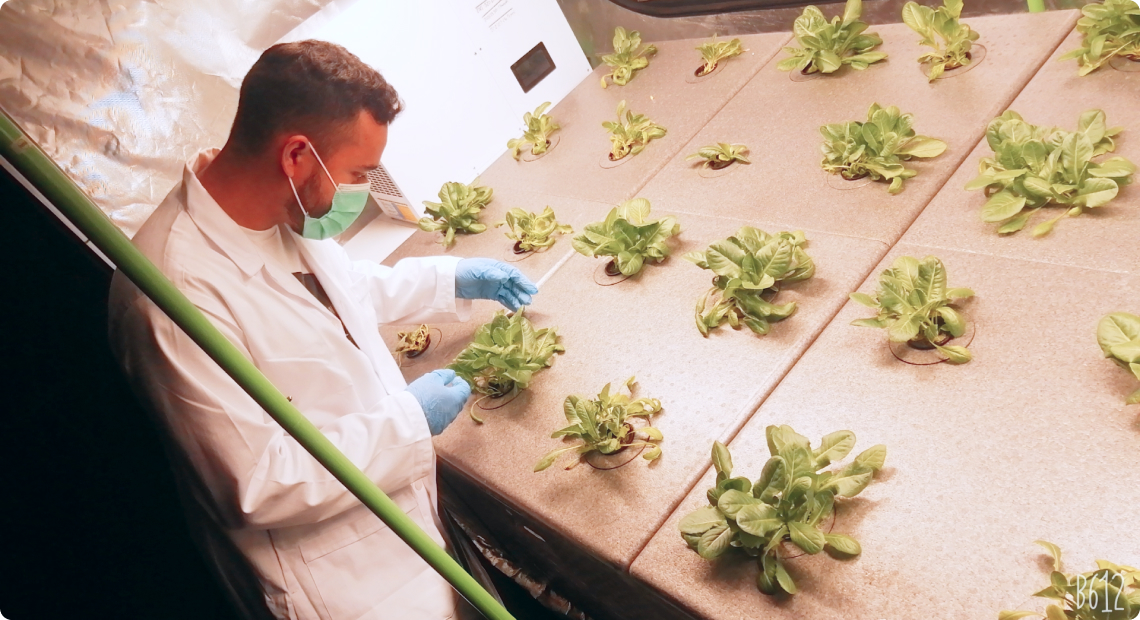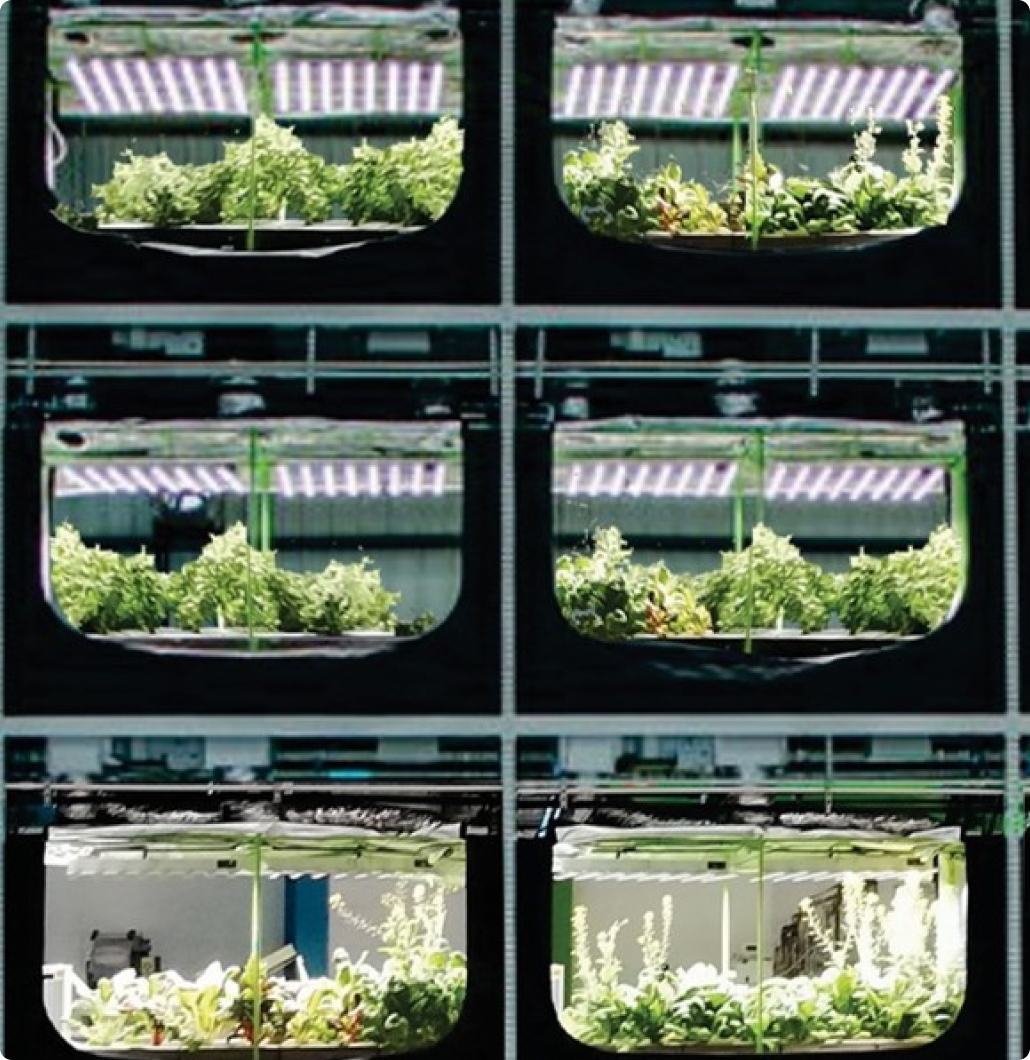

The Advantages of Vertical Farming
Vertical farming provides a solution to many factors affecting the current and future food supply chain.
Historically, power consumption has made indoor farming uneconomic, but recent technological developments such as LED lighting have improved the economic value proposition.
(1) Columbia University Earth Institute. “How Sustainable Is Vertical Farming? Students Try to Answer the Question”
(2) Fortune Business Insights. “Organic Foods Market Size, Share & Industry Analysis, By Raw Material/Commodity (Fruits and Vegetables, Cereals and Grains, Others), By End-use (Bakery & Confectionery, Ready-to-eat food products, Breakfast Cereals, Processing Industry, Others), By Distribution Channel (Direct Market, Processing Industry) and Regional Forecast 2019-2026”
(3) Plant Factory: An Indoor Vertical Farming System for Efficient Quality Food Production. Toyoki Kozai, Genhua Niu and Michiko Takagaki.
(4) The World Bank
Beyond Farming
Powered by Sprout AI
Sprout AI Inc. was formed to plan, design, manufacture, sell, operate and support vertical automated aeroponic grow habitats designed to operate within high-density urban settings.
The Vision: Be a leader in urban vertical cultivation by ensuring each harvest is of high quality, producing high yield, and is consistent with the last batch to reduce
product variability.
